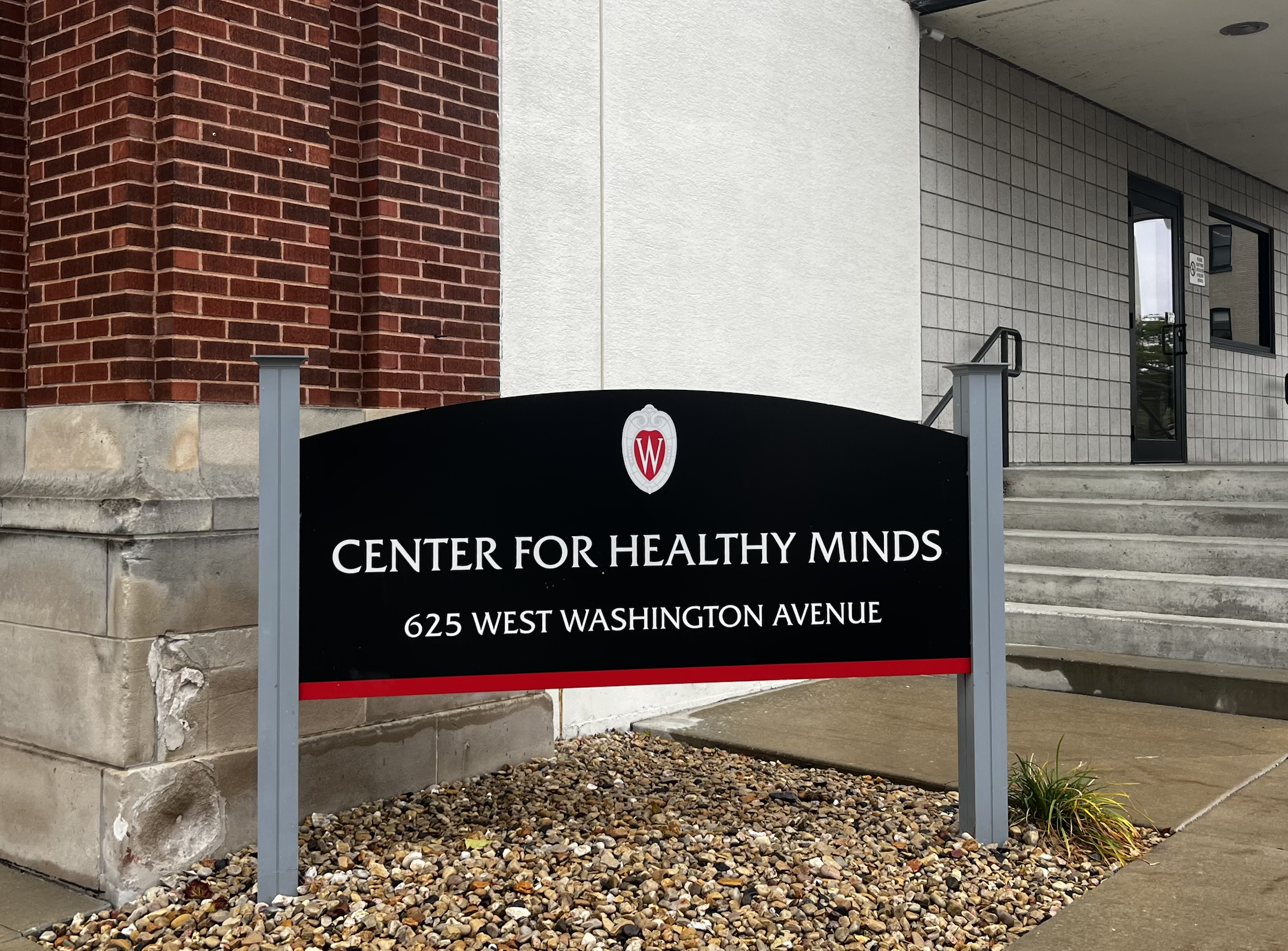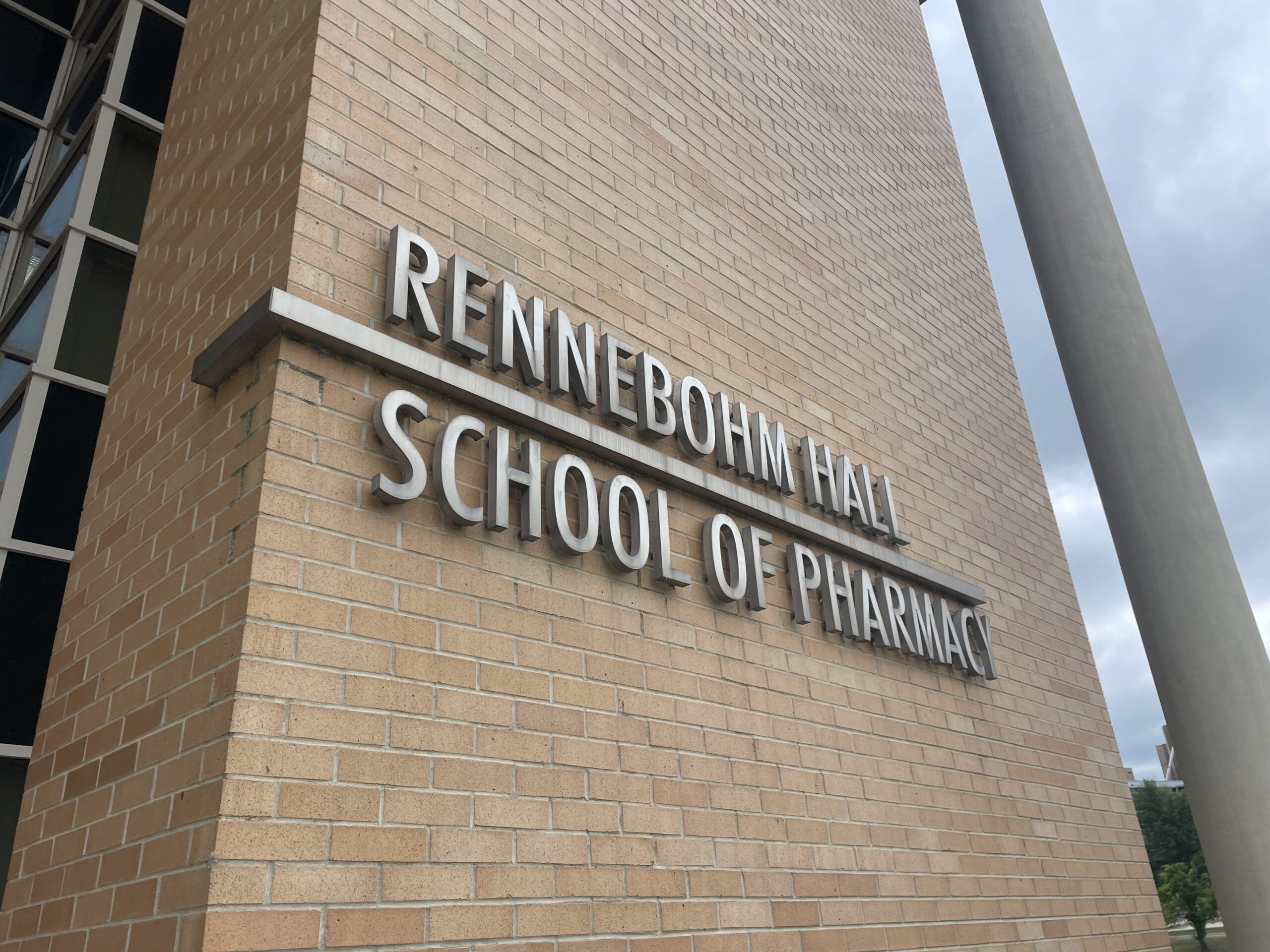UW Population Health Sciences professor speaks on misinformation in public health
University of Wisconsin professor of Population Health Sciences Ajay Sethi presented on “Misinformation and Disinformation in Public Health” as part of the “Hot Topics in Public Health” symposium series over YouTube livestream Oct. 12.
Disinformation is a type of misinformation that is spread deliberately, creating conspiracies that spread mistrust between public organizations in authority positions, Sethi said.
Sethi recalled his experience with disinformation during graduate school when a study by Andrew Wakefield was published. The paper falsely implied a connection between the measles, mumps and rubella vaccine and autism, with the intention of bringing down the MMR vaccine for personal gain, Sethi said.
The paper redirected resources toward investigating these claims and had a profound effect on public attitude toward vaccines in the years that followed, creating one of the most expensive consequential examples of scientific misconduct in history, Sethi said.
“During very emotional moments and times in society, it is easy for all of us to just feel scared and sort of a loss of control in general,” Sethi said. “And when there is an information vacuum … it can be almost like a reflex to fill that void with information that just simply feels familiar to us.”
The COVID-19 pandemic is a recent event involving heightened emotions and fears, Sethi said. Several pieces of misinformation spread as a result including speculations that 5G was spreading COVID-19, microchips were present in vaccines and that drinking bleach would cure the infectious disease, according to Sethi.
Because scientific knowledge is subject to change, it can be hard to identify misinformation, Sethi said. Solutions to limit the impacts of misinformation are nuanced, and achieving it is no easy task.
“We need buy-in for an implementation of a multifaceted coordinated response between international bodies, federal, state, local agencies of organizations, the private sector — and all of this has to be embraced by people across communities,” Sethi said.
Action is not only needed at the infrastructural level — individuals can also take actions to minimize the spread of misinformation. This includes not taking information at face value, asking questions and doing research before drawing conclusions, according to Sethi.
Sethi offered practical skills individuals can acquire to address misinformation during conversations. This includes using plain language, establishing trust instead of assuming you have it, knowing when to say “I don’t know” and validating the anxieties of the misinformed party.
“It’s important that we feel empathy for people who have misinformation. Especially because we too are capable of being misinformed and we would want others to have empathy for our errors and thinking,” Sethi said.
This article has been archived for your research. The original version from The Badger Herald can be found here.




